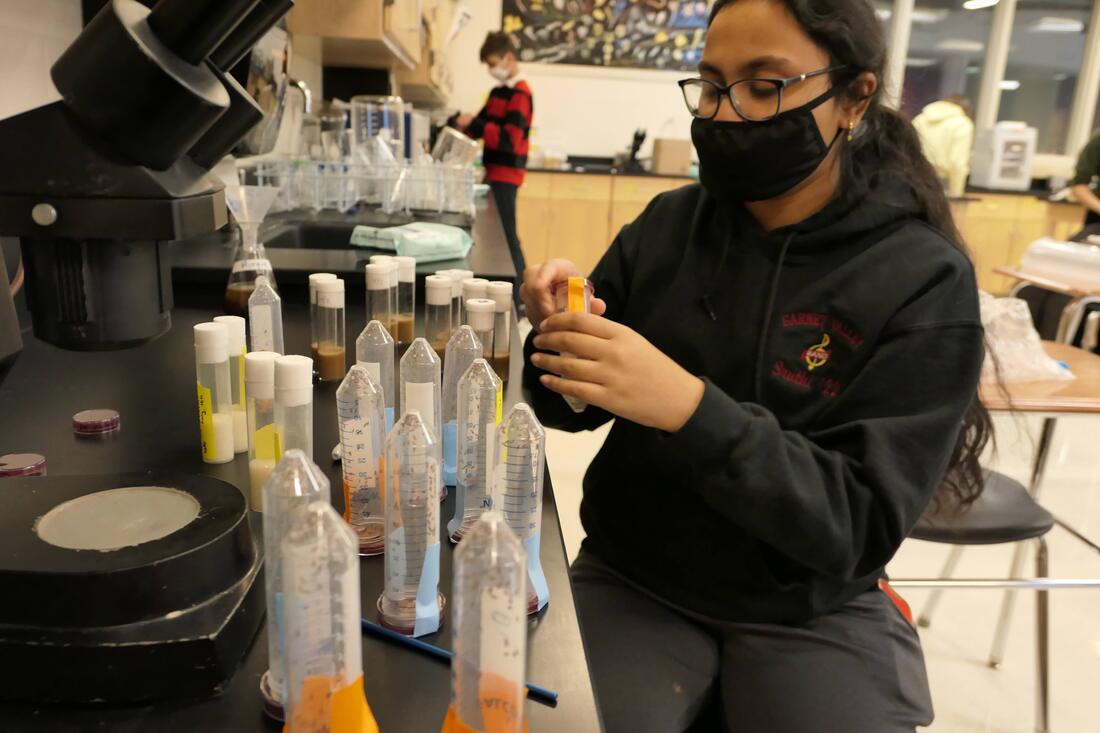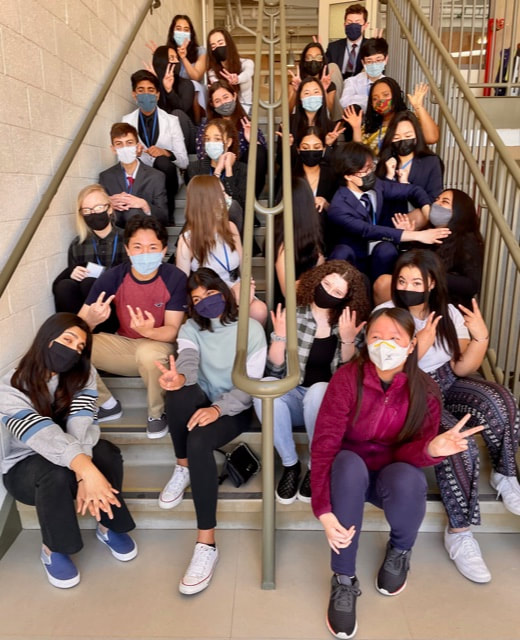I entered the lab thinking research may not be the career for me, but I am leaving the lab with new found interest in research. The past 12 weeks have passed by so quickly and I already miss being in the lab. I had learned so much through my independent research project. I experimented on the effects of UV radiation and vitamin E on the fertility and phenotype of fruit flies. This topic interested me because of the role UV radiation plays in mutations, vitamin E’s ability to conserve DNA structure, and I was curious whether I could observe noticeable phenotypic differences in the flies. Also, the amount of ground level UV radiation is on the rise so I wanted to know if the negative effects of UV radiation could be combated with a change in diet. Little did I know about the struggle that would soon ensue. Every Saturday consisted of the rhythmic movement of setting up collection cages, scrambling to sort my flies, cleaning up fly food, patiently taking pictures of fly parts, stressing about collecting enough embryos, and, overall, rushing to finish before 12:30 p.m. However, I found a routine in this disorder and comfort in the chaos. As I mentioned in my previous blog, I had struggled to collect enough embryos for all my experimental conditions, and this problem persisted throughout the program. At first, not having enough embryos was frustrating, but I learned quickly to adapt to my circumstances and to make do with the embryos I have. I even resorted to setting up vials with adults when my embryo collection was very low. Never had the idea of learning from one’s mistakes been truer than in the lab. On the first day of performing the female fertility assay, I accidentally used carbon dioxide to sort my flies instead of ice. Carbon dioxide would negatively affect the female flies’ ability to lay eggs. It was mistakes like these that helped me learn and perform my assays more efficiently and effectively. The results of my female fertility assay were quite interesting. The presence of UV radiation made the female flies essentially infertile whereas vitamin E by itself and vitamin E combined with UV radiation significantly increased fertility. The male gross analysis assay proved to be much more labor intensive than the female fertility assay. It required me to stand at the microscope for at least an hour and take multiple pictures of flies. On average, I was taking 60 pictures! The task was quite tedious and required me to put in multiple hours during the week to take measurements and analyze data. At the end, my results were inconclusive. I expected my irradiated flies to have white eyes or curled wings; instead, there were no noticeable phenotypic differences between the control flies and the irradiated flies. Through this assay, I experienced the unpredictability of science first hand and learned that inconclusive results are just as important as conclusive results. All in all, TRIP was a wonderful experience. The program taught me to problem solve, to work efficiently, and, most importantly, to not grow discouraged when events did not turn out the way I planned. I entered the lab thinking research may not be the career for me, but I am leaving the lab with new found interest in research. I am extremely grateful to Dr. Purdy and Dr. Leystra for providing me with such an amazing opportunity and I am excited for my future in science.
0 Comments
Your comment will be posted after it is approved.
Leave a Reply. |
Archives
April 2024
Categories
All
|



 RSS Feed
RSS Feed